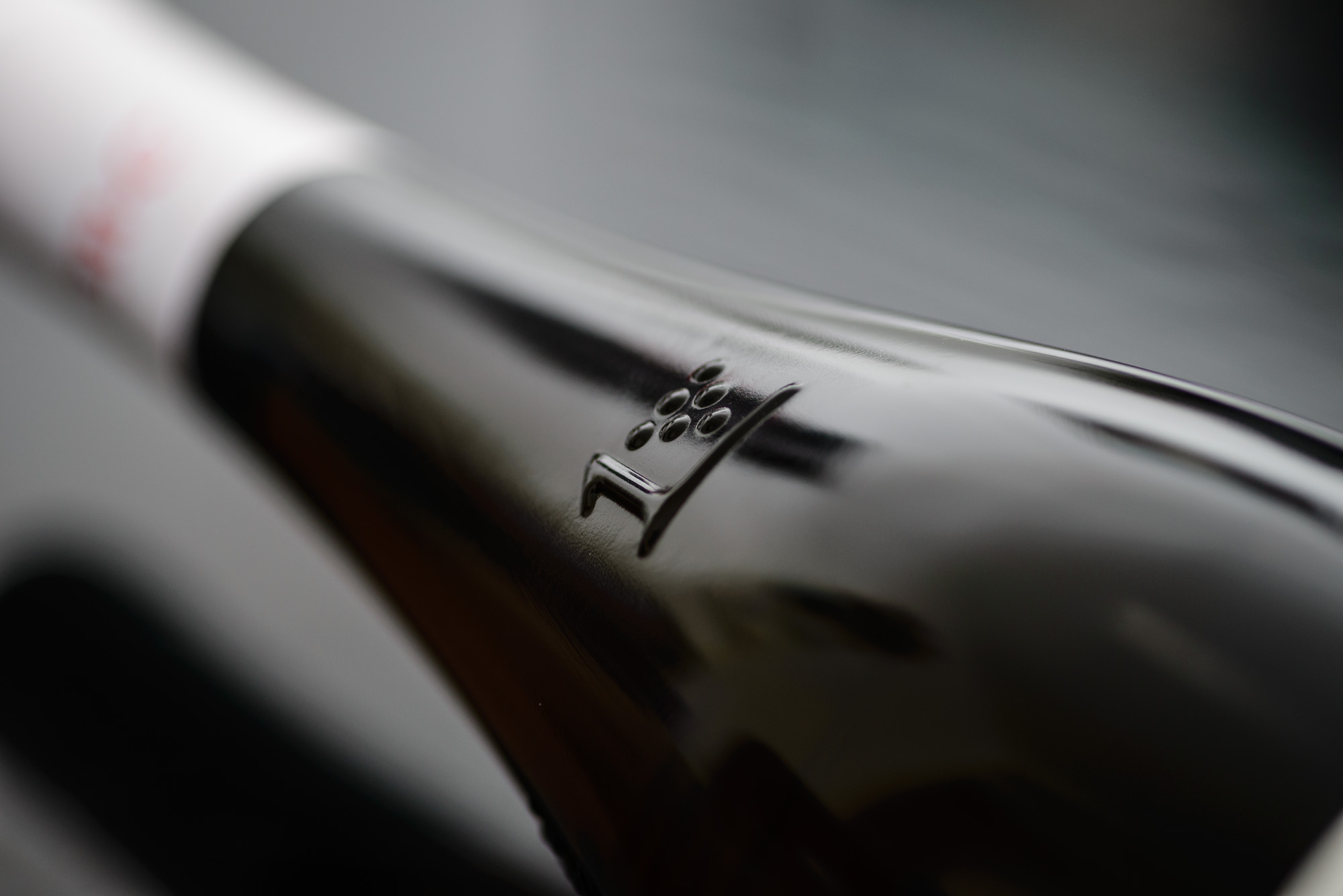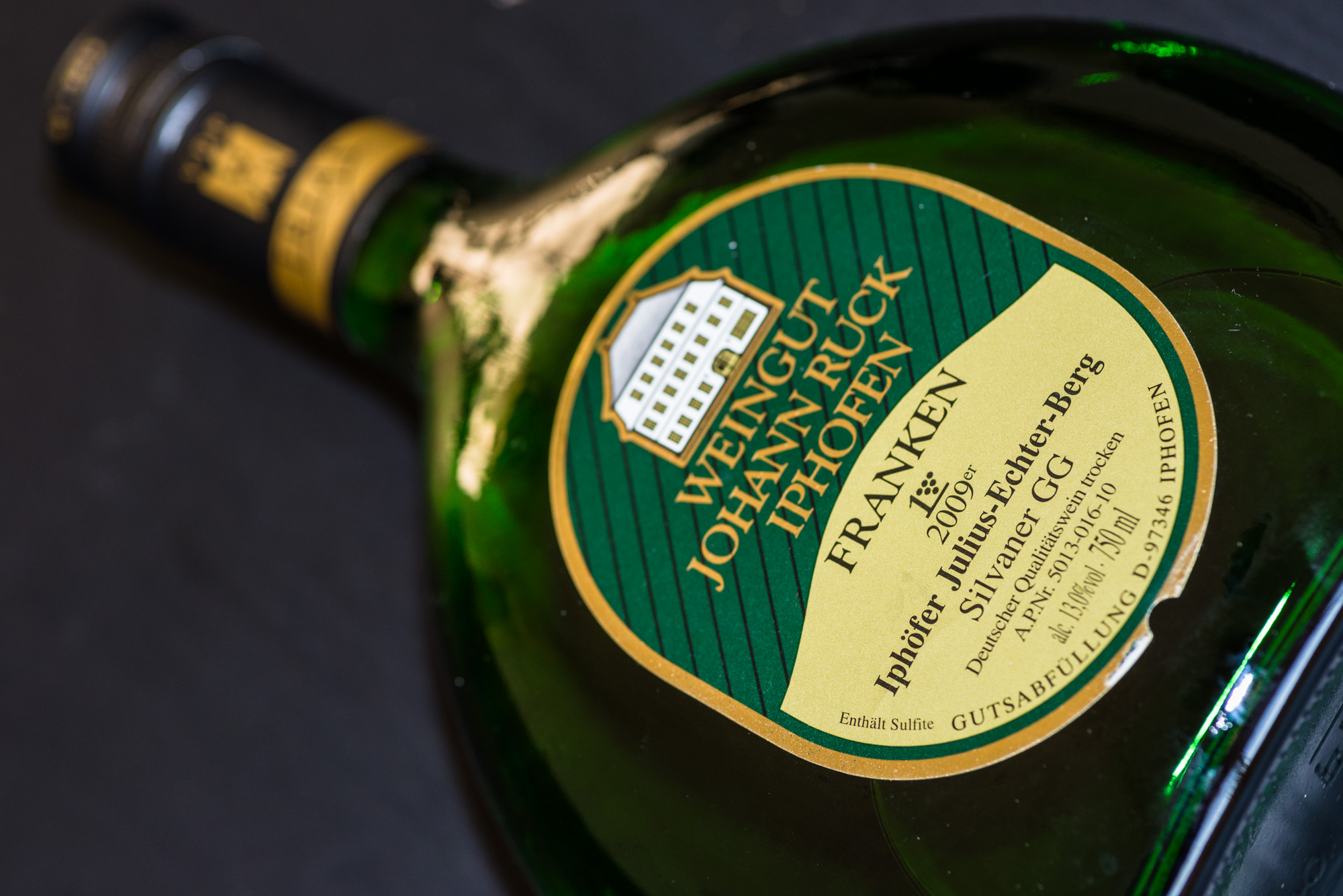Schnaitmann, Fellbacher Lämmler, Lemberger GG, 2009
Württemberg is not one of the wine regions the average wine drinker will know much about; most likely they will not even have heard about it. Now, I could tell you a that it is a rather interesting area - a red wine making region dominated by a plethora of growers associations and rivers - but the main reason I like to drink wines made by the local tribe of the Swabians is that I was born there. In fact, as a child I played not far from Rainer Schnaitmann's Lämmler vineyard. 
So every now and then I need to go back, to check what my homies are up to.








 Whether this is an impossible mission only you will know, but like Jim Phelps I am not one to turn down a mission when it comes to find me
Whether this is an impossible mission only you will know, but like Jim Phelps I am not one to turn down a mission when it comes to find me